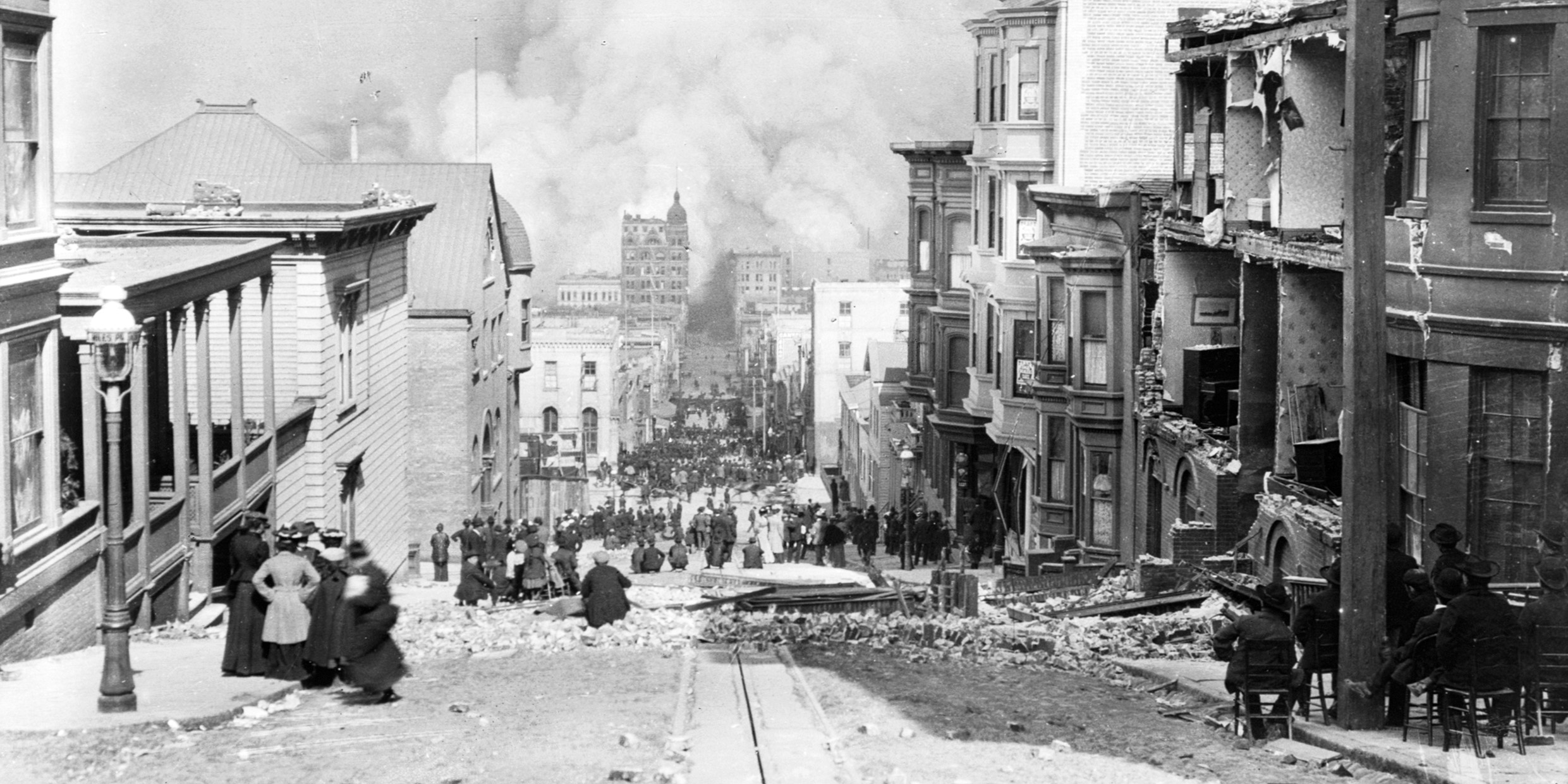Originally published 17 February 1986
The recent earthquake near Cleveland, Ohio, and New York City are reminders that no part of the Earth’s surface is free from the danger of quakes.
We have become used to the idea that earthquakes occur on plate boundaries, those cracks in the Earth’s rigid crust where one part of the crust slips violently past another. The San Andreas Fault in California is an active plate boundary, and earthquakes occur there with a regular and terrifying frequency.
But in other parts of the country, old, mostly inactive faults lie deeply buried beneath the surface. Now and then, residual stress in these faults is released by earth movements. These “mid-plate” quakes are usually only tremors, but they need not be small. The largest earthquake in North America in historic times occurred in 1821 near New Madrid, Mo., far from any present plate boundary.
The Cleveland earthquake was associated with movements on minor hidden faults that are only poorly understood. The New York quake took place along the crumpled and broken part of crust where Africa and North America collided 400 million years ago.
Eastern quakes hard to predict
There is little likelihood that major earthquakes in the Eastern United States can be predicted. Seismic activity in the East is so infrequent and irregular that historical records provide scant basis for predicting future quakes.
The situation is different along the San Andreas Fault in California. There, geologists are busily engaged in activities aimed at predicting future quakes.
The most intensely monitored site in the United States is a section of the San Andreas Fault at Parkfield. Sophisticated instrumentation enables geologists to measure even minor strains along the fault. Records of past earthquake activity near Parkfield have revealed regular patterns for the building and release of stress on the fault. Some time ago it was predicted that the Parkfield segment of the fault will experience an earthquake of magnitude 5.6 in January 1988 — plus or minus five years. According to recent reports, the Parkfield quake is “on schedule.”
Three other parts of the San Andreas Fault system have been targeted as likely sites for big quakes in the relatively near future. The Mojave segment of the fault to the north of Los Angeles poses a continuing threat to that city. The section of the fault between Palm Springs and the Salton Sea is “ripe” for a break. And a side branch of the San Andreas Fault west of Palm Springs, called the San Jacinto Fault, is a candidate for activity. All three sections of the fault system are being closely watched by seismologists.
Anyone who live on a plate boundary must expect a frequent shaking. Earthquakes are as much a part of “the California experience” as hot tubs. In the East, it is easy to be lulled into the conviction that it can’t happen here.
But it can happen here, and without warning.
The Boston Basin and southeastern New Hampshire is one of the four most active earthquake regions in the Eastern United States. Other high risk regions are near New Madrid, Mo., Charleston, S.C., and the St. Lawrence Valley in upper New York State. It is possible (however improbable) that an earthquake of relatively large magnitude could occur in any of these regions at any time.
Big Boston quake in 1755
Boston was jolted awake by a very powerful quake in the early morning hours of Nov. 18, 1755. The quake was centered just to the east of Cape Ann but it was felt from Nova Scotia to South Carolina. The shock made the ground roll in waves like the sea, and it was necessary to hold onto something to avoid being thrown to the ground. In Boston, chimneys were toppled, beams cracked, and gable ends fell from brick houses. The gilded cricket atop the Faneuil Hall weather vane was snapped off. At Pembroke and Scituate, cracks opened in the earth and spewed out fine sand. A fissure two feet wide and 1000 feet long opened at Newington, N.H. Aftershocks continued into December.
No one was reported killed in the great Boston earthquake of 1755. But an earthquake of the same magnitude could be more serious for a modern city of skyscrapers.
In California, geologists sit along the highly visible San Andreas Fault and measure earth movements of millimeters. New England’s faults are hidden. If stress is building toward a climax somewhere below our feet, there is no way for us to know it.
The earthquake predicted in Parkfield for 1988 did not arrive until 2004. A sizable and unexpected earthquake shook the Eastern United States in 2011. ‑Ed.



